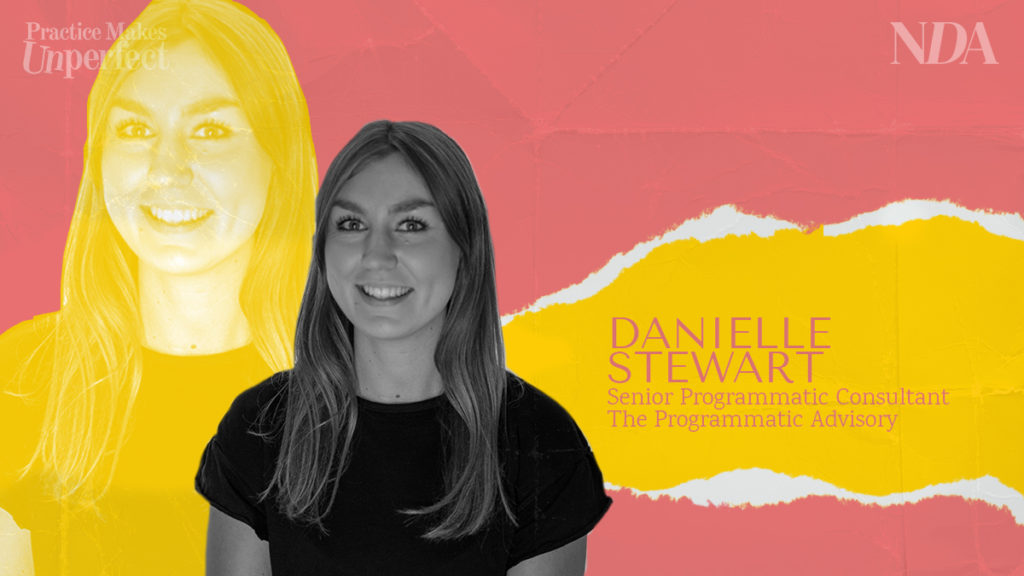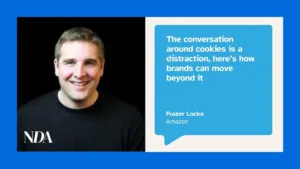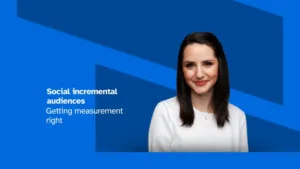These articles have been written by the latest cohort of the Practice Makes Unperfect programme – a course that helps women find and finesse their public voices.
By Danielle Stewart, Senior Programmatic Consultant, The Programmatic Advisory
You know how we’ve all been waiting for “emerging” programmatic channels to show a bit more finesse, before truly taking the plunge? Well, consider this your official notice to get on board.
Year after year the biggest blocker to uptake is education. For example, even in 2020 44% of executives admitted to not fully understanding programmatic digital out of home (DOOH) and its benefits.
There’s no doubt that programmatic activations of channels such as DOOH and audio are alluring to buyers, but there are always the same hesitations on the buy side that continue to limit uptake. Buyers think programmatic, and immediately shoe-horn the accountability of programmatic display and video onto them. As soon as the question of conversion tracking or data targeting comes up, the skepticism creeps in surrounding these often unaddressable environments.
However, the very mechanisms that helped fuel digitial’s accountability and addressability are under fire from increased privacy regulation; more specifically, Google phasing out the third party cookie and Apple recently removing the IDFA (Identifier for Advertisers) from iOS 14.5. Tracking limitations and depreciating audience sizes are steering many advertisers back to the realms of contextual advertising – particularly while the identity landscape settles down.
This is exactly why it’s time to embrace wider programmatic channels such as DOOH and Audio. The very aspect that was holding them back in the eyes of buyers, e.g. not supporting cookies at all, or to the degree of display/video, is now the very element giving them a sustained edge:
- There is unlikely to be ongoing disruption to these newer channels with regards to privacy regulation, meaning advertisers needn’t worry about the long term feasibility of running the activity.
- In lieu of audience buys, many publisher’s have already put in the leg work to fine tune contextual buying packages based on audience inferences, making for an easier transition to context based buying.
- While conversion metrics may not always be possible, comparable measurement proxies have been established, such as Listen Through Rate for Audio and Impression Multipliers for DOOH – making it simpler to transact this activity alongside other programmatic buys.
Now that we aren’t trying to compare everything like for like, we can focus on the benefits that come with the programmatic activation of these traditional channels.
- Centralised viewpoint of all buying in a Demand Side Platform, enhancing omnichannel synergy and consolidation.
- Increased efficiency in connecting to and activating across multiple publishers/landlords.
- Ongoing transparency into campaign delivery and performance.
- Increased agility, the ability to optimise and adapt in flight.
- Low barriers to entry programmatically in comparison to traditional routes.
Beyond the benefits of programmatic activation, both Audio and DOOH hold exciting opportunities for 2021. 2020 saw digital Audio consumption boom, particularly across podcast listening – which is expected to grow by a further 19.7% through 2021. 2020 was tougher on DOOH, with footfall experiencing drastic declines due to Lockdowns and Covid restrictions, however ad spends are predicted to bounce back to pre-pandemic levels as restrictions lift.
The opportunity is right in front of us to truly embrace omnichannel programmatic, no more stalling. Turns out the level of accountability we became accustomed to via programmatic display and video wasn’t scalable or sustainable, so now it’s time to take a closer look at the channels we wrote off. Embrace programmatic activations beyond display and video to increase overall media agility and efficiency, as we navigate post-pandemic planning.








